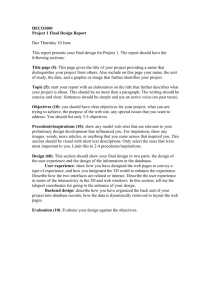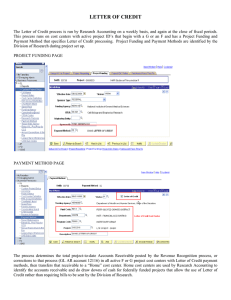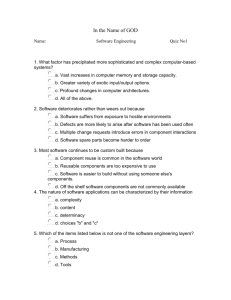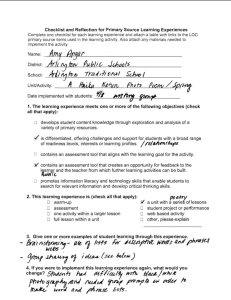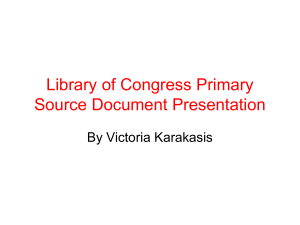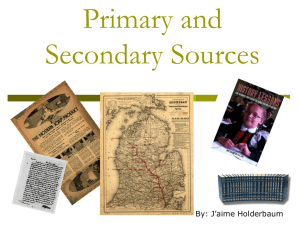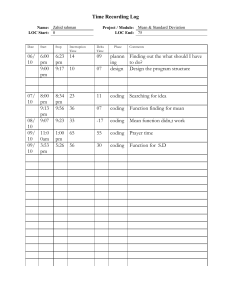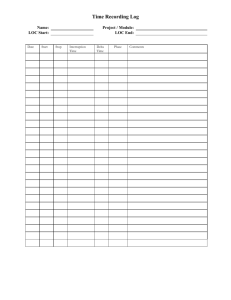Primary Sources, Not Just for Social Studies
advertisement
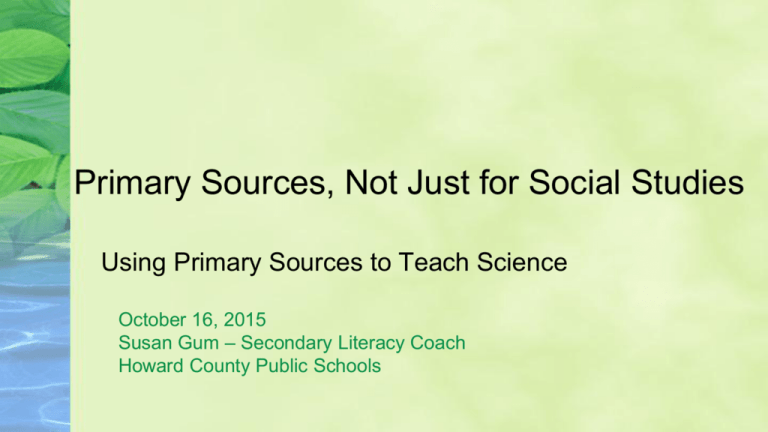
Primary Sources, Not Just for Social Studies Using Primary Sources to Teach Science October 16, 2015 Susan Gum – Secondary Literacy Coach Howard County Public Schools Outcomes Participants will: • Discuss ways to engage students with primary sources • Develop instructional strategies to help students examine and analyze primary sources Connecting with Primary Sources Move to the Primary Source that Most Appeals to You Primary Sources and Science? Read the article, “Primary Sources and Science.” Highlight/underline/identify: • ideas & inspirations you loved • ideas & inspirations you challenge • ideas & inspirations you want to explore further Analyzing Primary Sources Whole-Group Primary Source Analysis Primary Source Analysis • Observe – Identify and note details • Reflect – Generate hypotheses – What’s happening? – Why do you think the image was made? – Who is the audience? – What can you learn? – What’s missing? • Question – Ask questions – What do you wonder about? • Further Investigation – What more do you want to know? Small-Group Primary Source Analysis Questions for Consideration & Discussion How is the work of a scientist like the work of analyzing a primary source? In what varied ways might we use primary sources? How might these correlate with engagement and with rigor? Resources http://www.loc.gov/ http://www.loc.gov/education/ http://www.loc.gov/teachers/tps/quarterly/science/researc h.html http://www.schrockguide.net/primary-sources.html http://scienceintheclassroom.org http://www.loc.gov/teachers/tps/quarterly/science/

